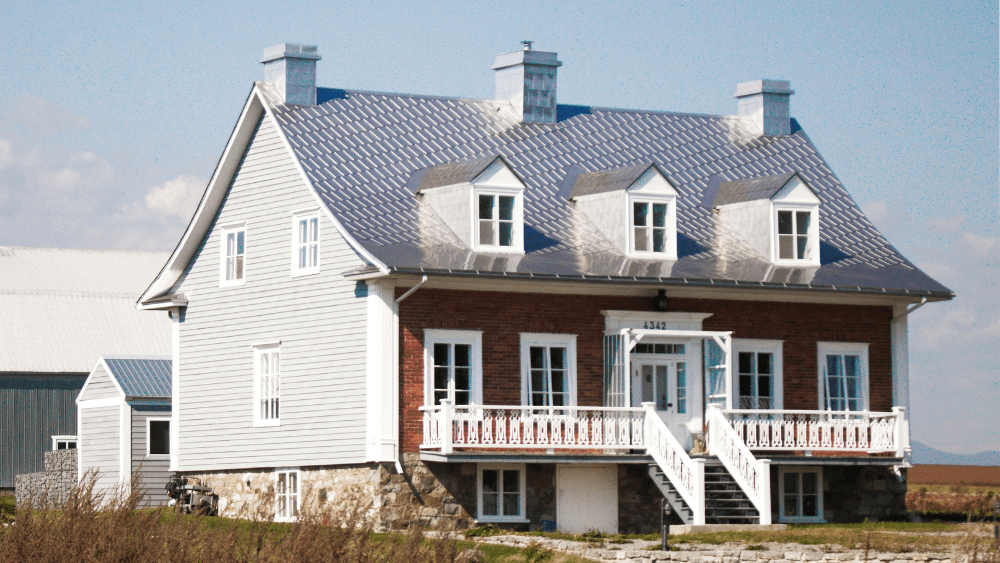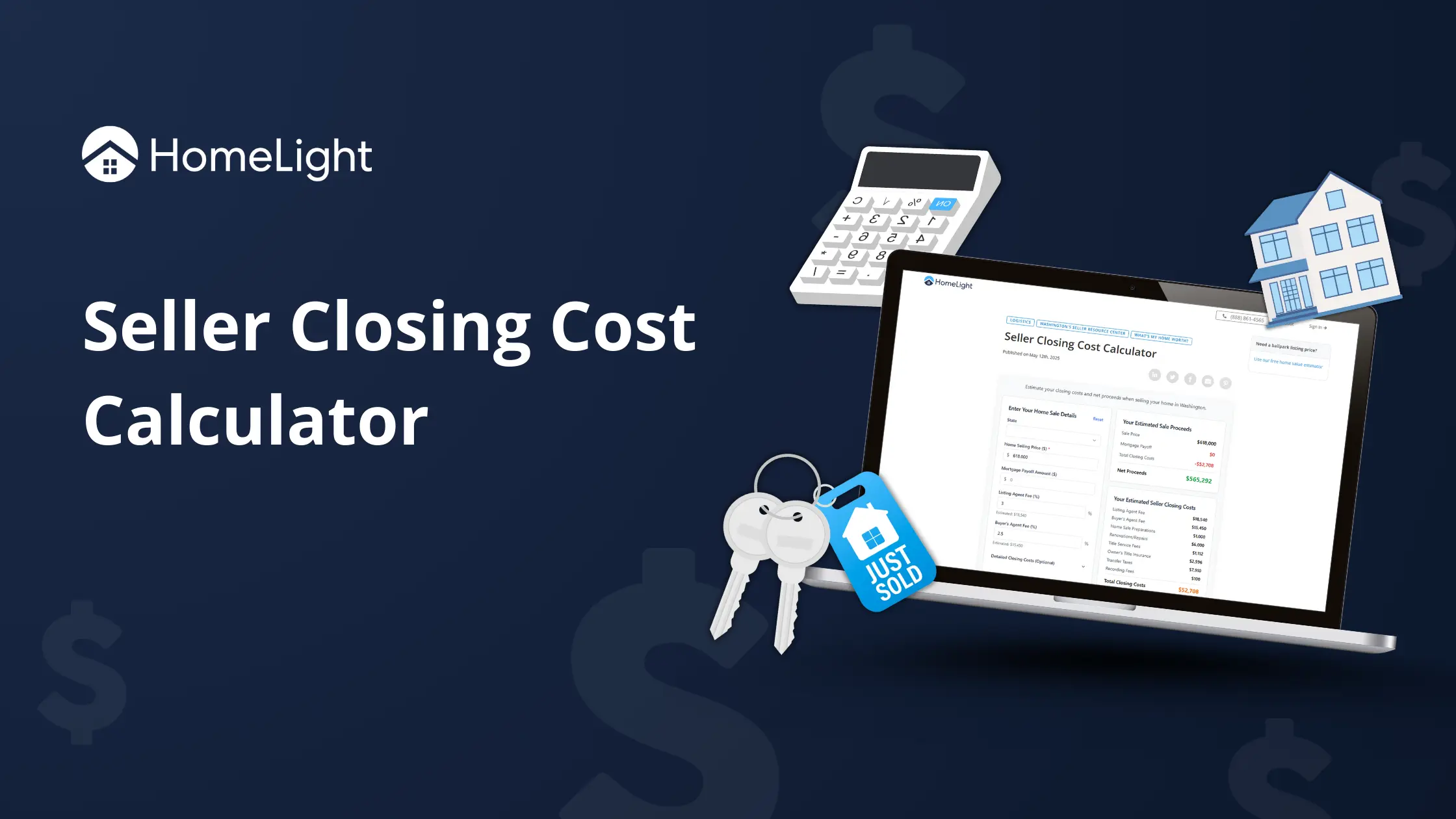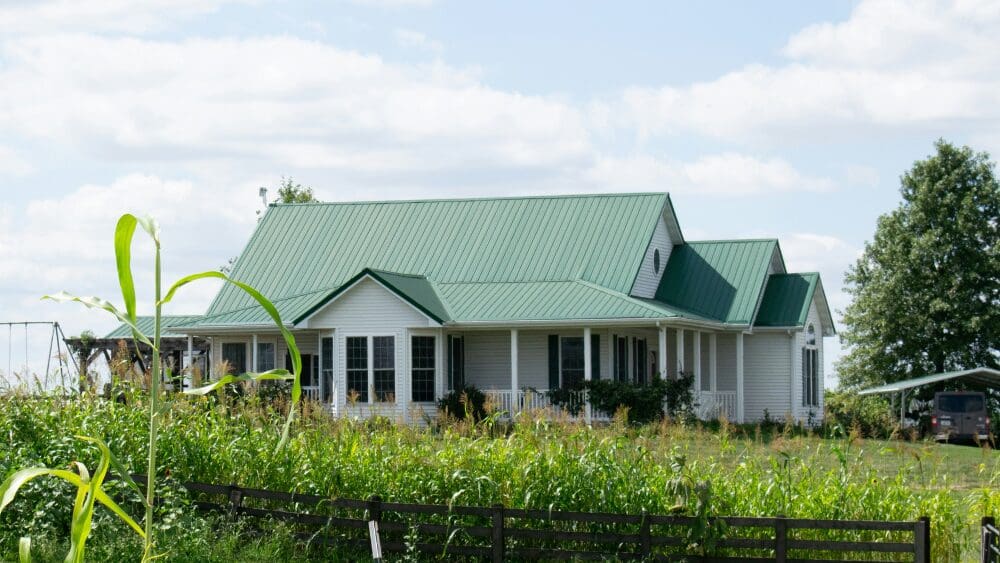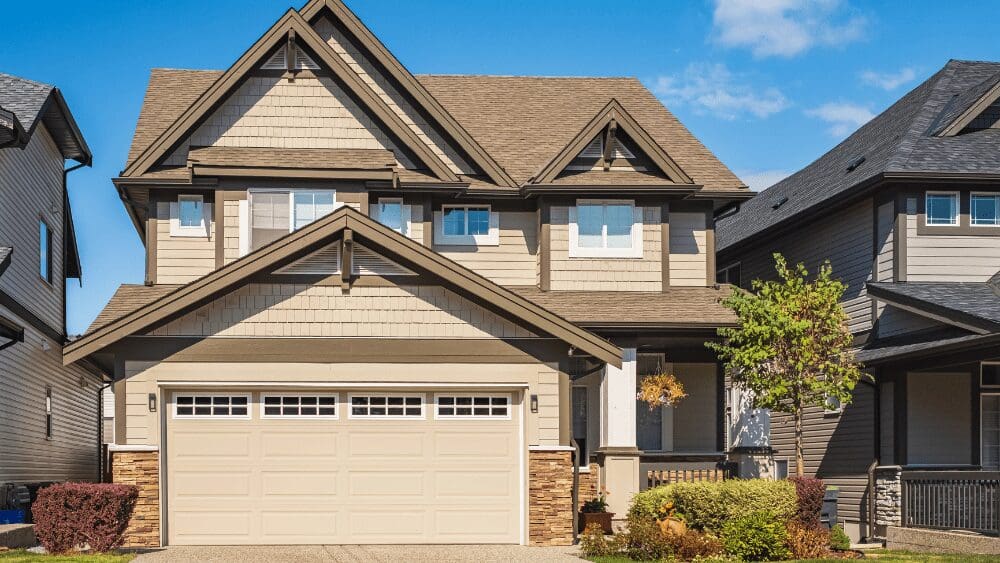
Whether you’re buying your first place, making room for a growing household, or downsizing into a more manageable home, size plays a key role in your comfort, lifestyle, and long-term plans. But how much space do you really need? This guide highlights the typical square footage of various types of houses in the U.S., who they’re best suited for, and what kind of lifestyle they may support. We’re not getting into architectural styles, just helping you size up your options based on real-life needs. Square footage alone doesn’t determine how livable a home feels, but it’s a great starting point when you’re weighing your options. As you browse through the different types of houses below, think about how much room you really use day to day. Do you work from home? Need space for hobbies, guests, or pets? Are you looking to keep things low-maintenance, or do you want extra room for the long haul? To keep things simple (and useful), we’ve sorted our list of home types from smallest to largest by typical square footage. Of course, sizes vary by location and layout, but this approach can help you determine what might be the right fit for your next move. Tiny homes are compact, standalone dwellings typically built on wheels or small foundations. They’re often designed with efficient layouts, including lofted sleeping areas, multipurpose furniture, and clever storage solutions. Most are under 400 square feet and are built for minimalist living. Some are used as primary homes, while others serve as vacation properties or short-term rentals. Average size: 100–400 square feet Average bedrooms/bathrooms: 1 sleeping area, 1 bathroom (often compact or combined) A good fit for: Buyers who value simplicity, mobility, or lower living costs. Ideal for solo homeowners, remote workers, or couples who want to live with less. Tiny homes can also work well for people seeking a low-cost secondary dwelling or ADU-style space. Resale value: Low – Limited demand and zoning restrictions can make resale challenging. An accessory dwelling unit (ADU) is a secondary living space on the same lot as a primary residence. ADUs can be detached structures like backyard cottages or garage conversions, or attached spaces like basements or above-garage apartments. They typically have a private entrance, kitchen or kitchenette, and bathroom, making them suitable for full-time living. ADUs are sometimes called mother-in-law houses or granny flats. Average size: 600–1,200 square feet Average bedrooms/bathrooms: 1–2 bedrooms, 1 bathroom A good fit for: Multigenerational households, buyers interested in rental income, or homeowners looking for flexible guest or caregiver quarters. ADUs also suit retirees who want to live near family while maintaining independence. Resale value: Moderate – Adds value to the main property, but appeal depends on local use regulations and buyer needs. Mobile homes, in the traditional sense, are structures built in a factory and designed to be transported to a location for installation, such as a mobile home park. Unlike houses constructed on-site, the original mobile homes were built on a chassis with wheels. Over time, these units grew larger and gained popularity, especially after World War II. For the sake of this post, we’ll keep this type of house separate from the more modern manufactured or prefab homes. Average size: 480–1,440 square feet (common single-wide) Average bedrooms/bathrooms: 1–3 bedrooms, 1 bathroom A good fit for: The older-style mobile home can be a practical option for budget-conscious buyers seeking affordable housing in suburban or rural areas. Mobile homes can offer a reasonable amount of space without the price tag of a site-built home. They can also be a fitting choice for temporary or transitional housing. Resale value: Low – Tends to depreciate over time, especially without land ownership. Apartments are individual units within a larger building or complex, typically leased rather than owned, though some units may be part of a co-op structure. Sizes range from compact studios to multi-bedroom units. Most apartment dwellers share amenities like parking, laundry facilities, or recreational areas. Average size: 800–900 square feet (expanding in recent years) Average bedrooms/bathrooms: 1–2 bedrooms, 1.5 bathrooms A good fit for: First-time buyers or renters, urban professionals, students, or downsizers who want convenience and low maintenance. Apartments are a popular choice in cities where detached homes are scarce or expensive. Resale value: Moderate — Only applicable if owned as part of a co-op located near desirable amenities. Condos are individually owned units within a larger building or community, similar in layout to apartments. While owners have full control over their interior space, shared areas — like hallways, landscaping, pools, and gyms — are maintained by a homeowners association (HOA). Condos are popular in both urban and suburban areas. Average size: 500–1,600 square feet Average bedrooms/bathrooms: 1–3 bedrooms, 1–2 bathrooms A good fit for: Buyers who want to own property without the upkeep of a standalone home. Ideal for singles, couples, retirees, or anyone looking for low-maintenance living in walkable or amenity-rich areas. Many condos offer a lock-and-leave lifestyle. Resale value: Moderate – Typically stable in urban areas, but market appeal can fluctuate. A co-op is a type of shared ownership housing where residents purchase shares in a corporation that owns the property, rather than owning their individual unit outright. Co-ops are more common in cities like New York and often have stricter rules for purchasing, subletting, and renovations. Units often resemble condos or apartments in size and layout. Average size: 1,000–1,300 square feet Average bedrooms/bathrooms: 1–3 bedrooms, 1–2 bathrooms A good fit for: Buyers who plan to stay long term and are comfortable with more oversight from a co-op board. Best for urban dwellers who value stability and a community-oriented environment. Resale value: Low – Limited buyer pool and strict approval processes can slow resale. Townhouses (or row houses) are multi-story homes that share one or two walls with neighboring units but have separate entrances. Many include small yards or patios and may be part of a homeowner-managed community. Townhouses are commonly found in cities and suburban developments and can offer more space than condos or apartments. Average size: 1,300–1,500 square feet Average bedrooms/bathrooms: 2–4 bedrooms, 2–3 bathrooms A good fit for: Buyers looking for a blend of space and convenience. A solid choice for young families, professionals, or downsizers who want the feel of a single-family home with less maintenance. Resale value: High – Often located in desirable areas with consistent buyer interest. Cottage houses are small, standalone homes typically characterized by their cozy layouts and charming features, such as a fireplace, exposed stone or brick, built-in shelves, nooks, and arched doorways. They’re often single-story and located in suburban or rural settings, though some urban infill developments now include cottage-style homes in clusters. The term can also overlap with “bungalow” in some regions. Average size: 1,000–1,200 square feet Average bedrooms/bathrooms: 2–3 bedrooms, 1–2 bathrooms A good fit for: Buyers who want a manageable, detached home with personality. Cottages work well for retirees, small families, or individuals seeking a simpler lifestyle in a quieter, cozy setting. Resale value: Moderate – Charm appeals to some buyers, but size, age, and location may limit broader interest. A duplex is a residential building divided into two separate living units, each with its own entrance, kitchen, and living space. Units may be side-by-side or stacked (upstairs/downstairs). Buyers can choose to live in one unit and rent out the other, making it an appealing option for generating rental income. Average size: 1,500–2,500 square feet (combined) Average bedrooms/bathrooms: 2–3 bedrooms and 1–2 bathrooms per unit A good fit for: Multigenerational families, investors, first-time buyers priced out of the single-family market, or anyone who wants help covering the mortgage through rental income. It is also suitable for those who want to live close to extended family while maintaining separate spaces. Resale value: High – Strong demand among both investors and multi-generational buyers. Prefabricated (or modular) homes are built in sections at a factory and assembled on-site. Unlike mobile homes, prefab homes are placed on permanent foundations and must meet the same building codes as site-built homes. They offer a wide range of designs and can be more affordable and faster to build than traditional homes. Many modern prefab homes offer energy efficiency and smart home technology features. Average size: 1,200–2,500+ square feet Average bedrooms/bathrooms: 2–4 bedrooms, 2–3 bathrooms A good fit for: Buyers who want a cost-effective, customizable home, often in a suburban or rural area. Prefab homes are also a good option for those looking to build on vacant land without managing a full construction process. Resale value: Moderate – Quality-built models hold value, but some buyers may prefer traditional construction. Single-family homes are the most common type of house in the U.S. They are detached homes designed for one household, typically located on their own lot. They come in a wide range of styles and sizes and often include garages, backyards, and more privacy than attached housing types. For many Americans, homeownership is a primary way to build wealth through equity, appreciation, and potential tax benefits. Average size: 1,800–2,600 square feet (Currently, U.S. home sizes are shrinking.) Average bedrooms/bathrooms: 3–4 bedrooms, 2–3 bathrooms A good fit for: Families, long-term homeowners, or anyone seeking more space, privacy, and flexibility. Best suited for buyers ready to take on more maintenance responsibilities and a potentially higher budget. Resale value: High – Consistently strong resale due to wide buyer appeal and property independence. Choosing the right type of house isn’t just about what looks good on paper. It’s about finding a space that fits your current lifestyle, future plans, and comfort level with maintenance and cost. Whether you’re going smaller to simplify, scaling up for more room, or just getting started, HomeLight can connect you with a top-performing, trusted agent in your market. Our free Agent Match platform analyzes over 27 million transactions and thousands of reviews to determine which agent is best for you based on your needs. Additional free tools offered by HomeLight:Types of houses: Which size is right for you?
Tiny home
Accessory dwelling unit (ADU)
Mobile home
Apartment
Condominium (condo)
Co-op (housing cooperative)
Townhouse or row house
Cottage house
Duplex (multi-family home)
Prefab or modular home
Single-family home
Finding the right home size for your next move



